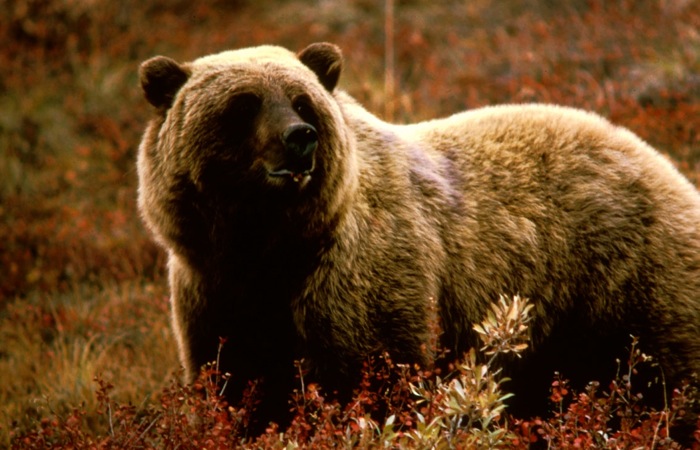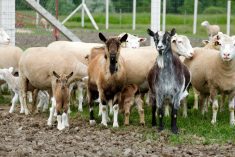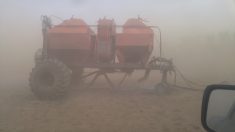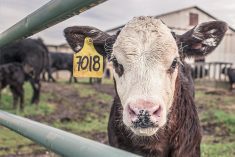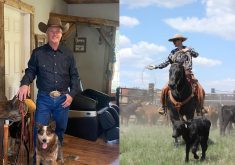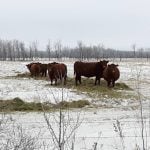Ninety-four per cent of Alberta beef producers have suffered losses because of wildlife, a two-year survey by Alberta Beef Producers (ABP) and the Miistakis Institute has found.
Eighty-one per cent of these were from ungulates such as deer or elk, 74 per cent from predators (such as wolves, grizzly bears, and including coyotes) and six per cent from birds such as geese and ravens.
“As a whole it was projected that about $22 million of depredation losses occurred during the surveyed period and about 75 per cent of those losses were calves,” said Fred Hays, ABP policy analyst.
Read Also
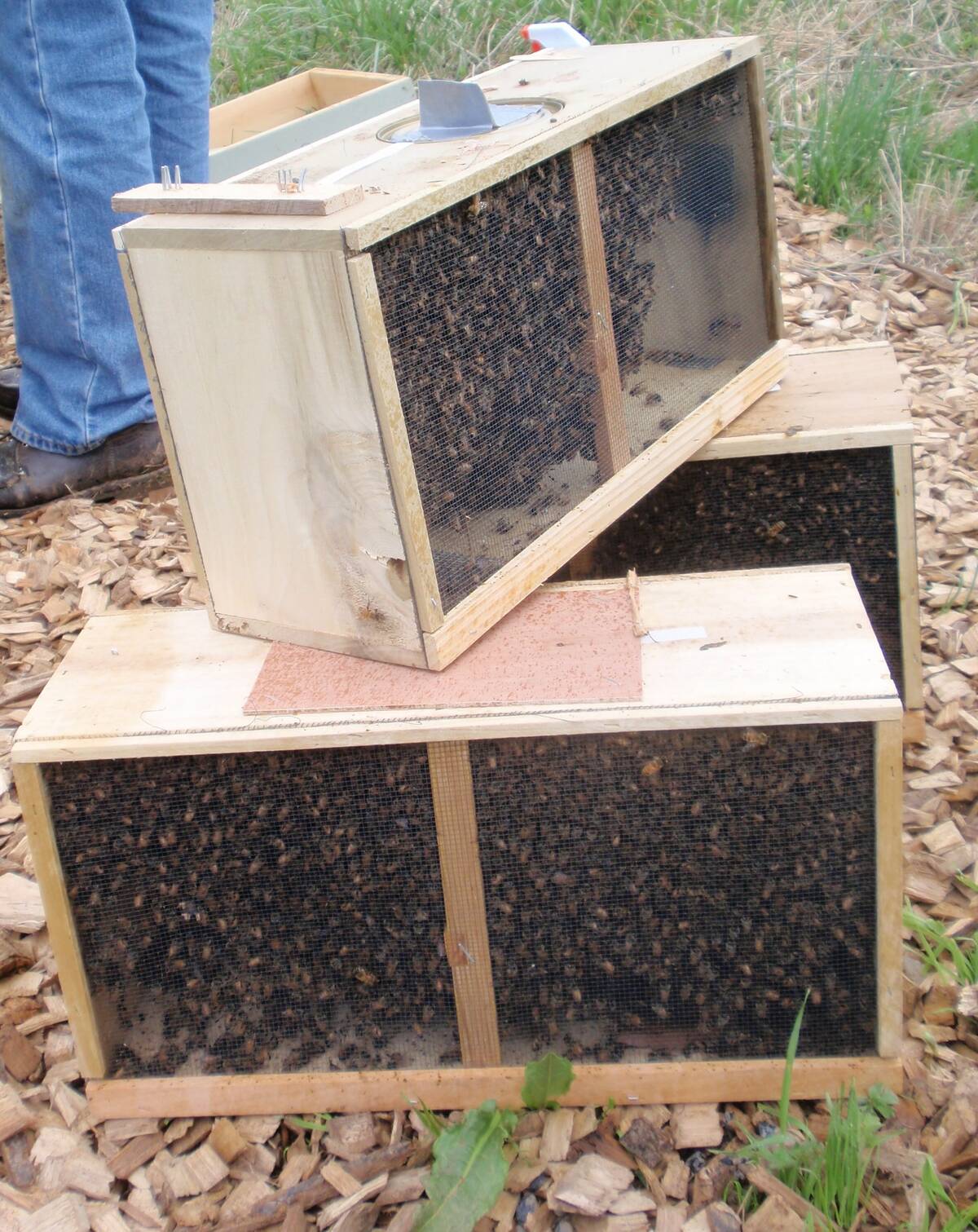
Canadian beekeepers call for regulatory accountability
Beekeepers say the Canadian Food Inspection Agency should restore U.S. packaged bee shipments, claiming the agency isn’t following evidence.
The average loss from all wildlife was about 1.7 per cent of the provincial calf crop, 1.3 per cent of the provincial yearling herd, and slightly less than 0.5 per cent of the beef cow herd.
Forage crop and pasture damage was more difficult to assess.
However, a $14.5-million impact was estimated from wildlife during the same survey period. Much of this dealt with in-field losses such as baled feed and swathed feed damage and hay loss from elk, deer and geese.
The survey generated 672 responses, which is a statistically significant number, said Hays.
The damages were broken down by major categories: predators (including coyotes), ungulates, and birds. Although coyotes were reported to account for 50 per cent of all predator loss in Alberta, they are not considered to be predators under Alberta’s Wildlife Predator Compensation Program.
ABP plans to use the survey in developing a wildlife strategy and to solicit support from government and wildlife interest groups. Read the full 122-page report or a 10-page summary from albertabeef.org.

